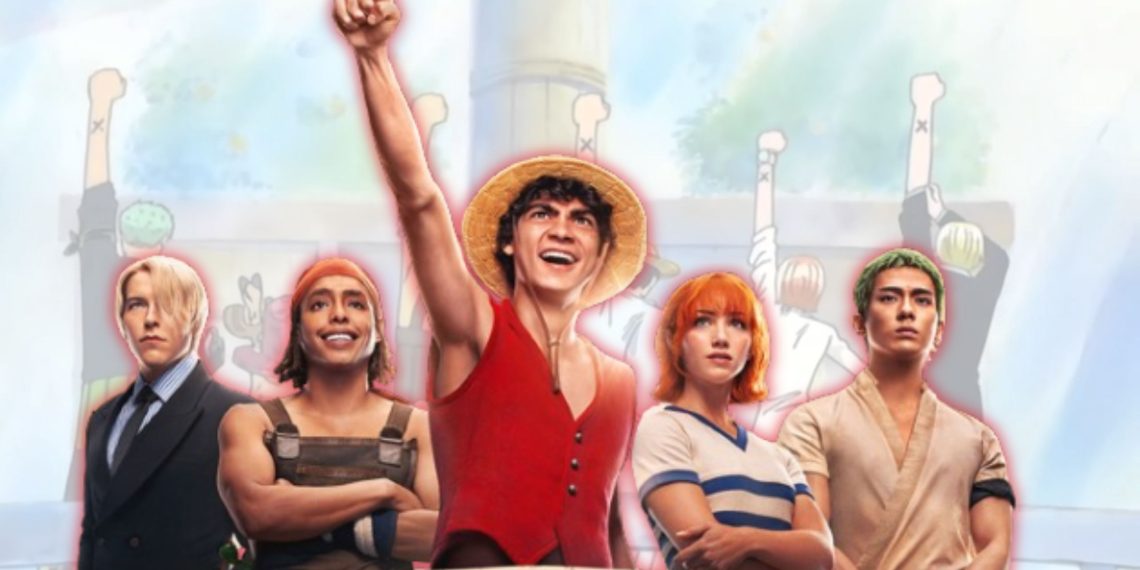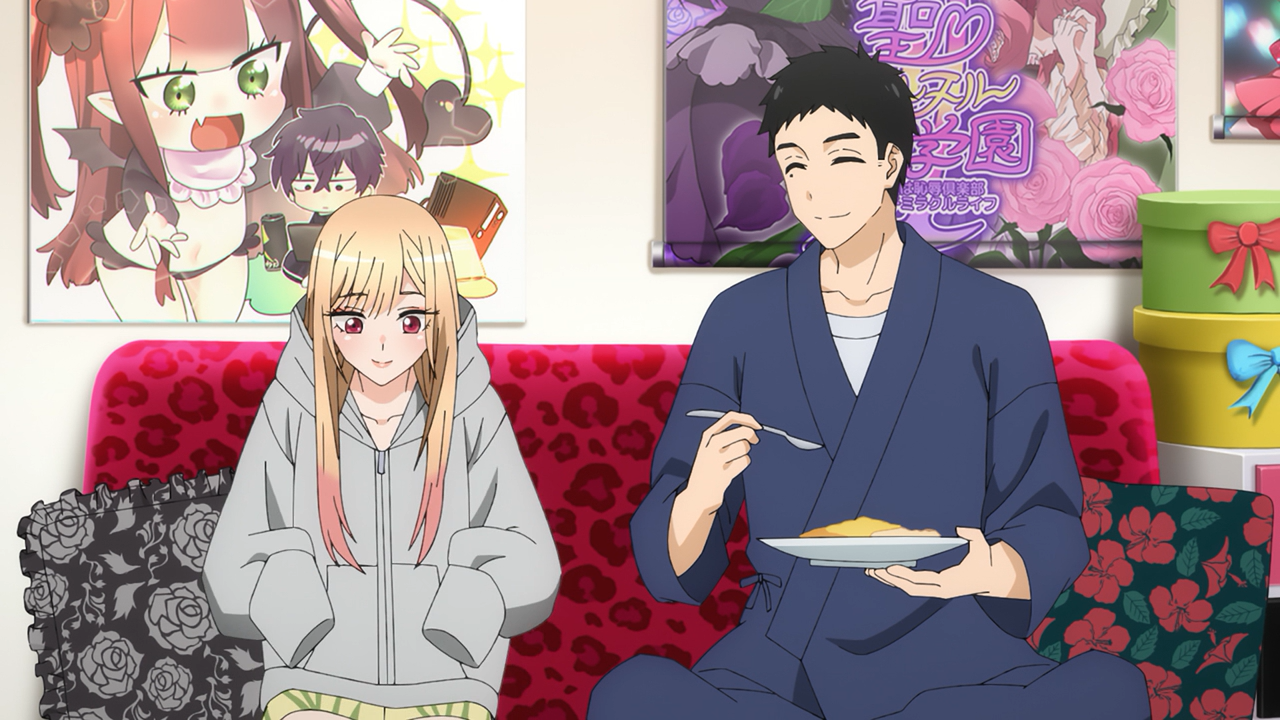Earlier today, fans of Netflix’s One Piece Live Action series were treated to a thrilling update.
A message shared by the original manga creator, Eiichiro Oda, provided some significant insights into what the upcoming second season will entail.

The most exciting revelation was the confirmation that new casting announcements are on the horizon.
Fans are eagerly awaiting to see who will bring beloved characters such as Tony Tony Chopper, Vivi Nefertari, and Miss All Sunday to life.
However, this news also came with a surprising and somewhat controversial update.
It has been confirmed that One Piece Live Action Season 2 will not be covering the Alabasta arc, one of the most iconic and fan-favorite arcs in the original manga and anime series.
For many, this decision is a major letdown, as the Alabasta arc is one they were most looking forward to seeing in live-action form.
On the other hand, some fans believe that this is one of the best decisions the series has made so far, and they have strong arguments to support their perspective.
Controversial Decision to Skip Alabasta
The Alabasta arc is one of the cornerstones of the One Piece story, a pivotal moment that significantly shapes the narrative and the characters.
It introduces key figures like Princess Vivi, the cunning Miss All Sunday, and, of course, the fan-favorite reindeer doctor, Tony Tony Chopper.
The arc is packed with intense battles, emotional moments, and political intrigue, all set against the backdrop of a nation on the brink of civil war.
For many fans, the thought of a One Piece adaptation skipping such an essential part of the story is almost unthinkable.
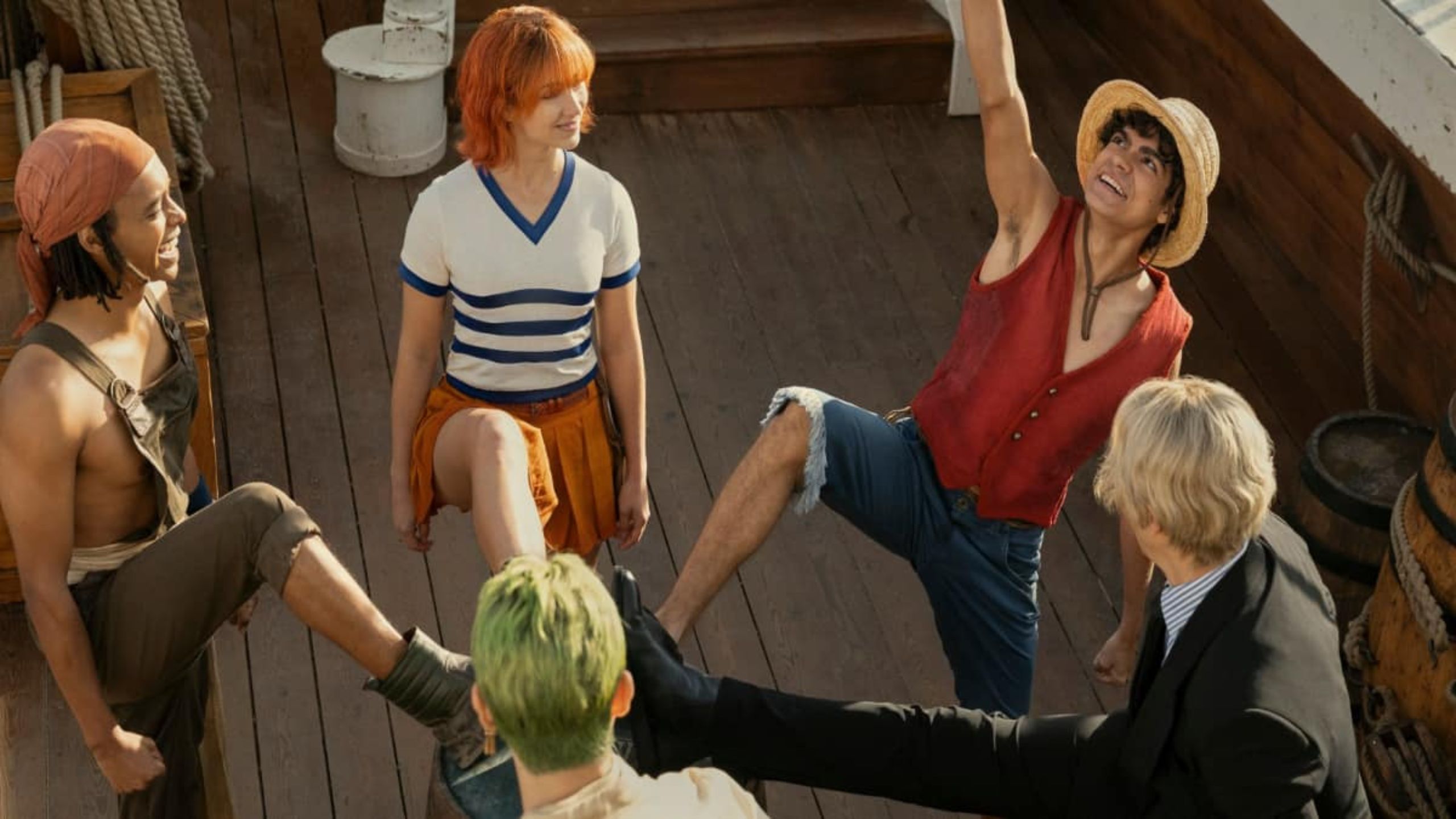
However, the decision to leave out Alabasta in Season 2 appears to be a strategic one, rooted in the lessons learned from the first season.
One Piece Live Action Season 1 was generally well-received, but it wasn’t without its criticisms.
Chief among these was the pacing of the show, which some fans felt was too rushed, leading to the omission of certain storylines and character moments that are integral to the One Piece experience.
Pacing Dilemma of Season 1
One of the most common criticisms of the first season was its pacing. With nearly a hundred chapters of the manga adapted into just eight episodes, there were bound to be some sacrifices.
Indeed, certain storylines and moments that fans hold dear were left out or significantly condensed.
This was largely due to the show’s decision to introduce the Monkey D. Garp plotline earlier than in the manga.
While this narrative choice allowed for an early reveal of the relationship between Luffy and Garp, it also meant that other important parts of the story had to be cut or shortened.
The pacing issues were twofold. First, the rapid pace meant that the show couldn’t go deeply into some of the rich subplots and character development that the One Piece manga is known for.
The second issue was that the Garp plotline, while intriguing, took up screen time that could have been used to explore other parts of the story.
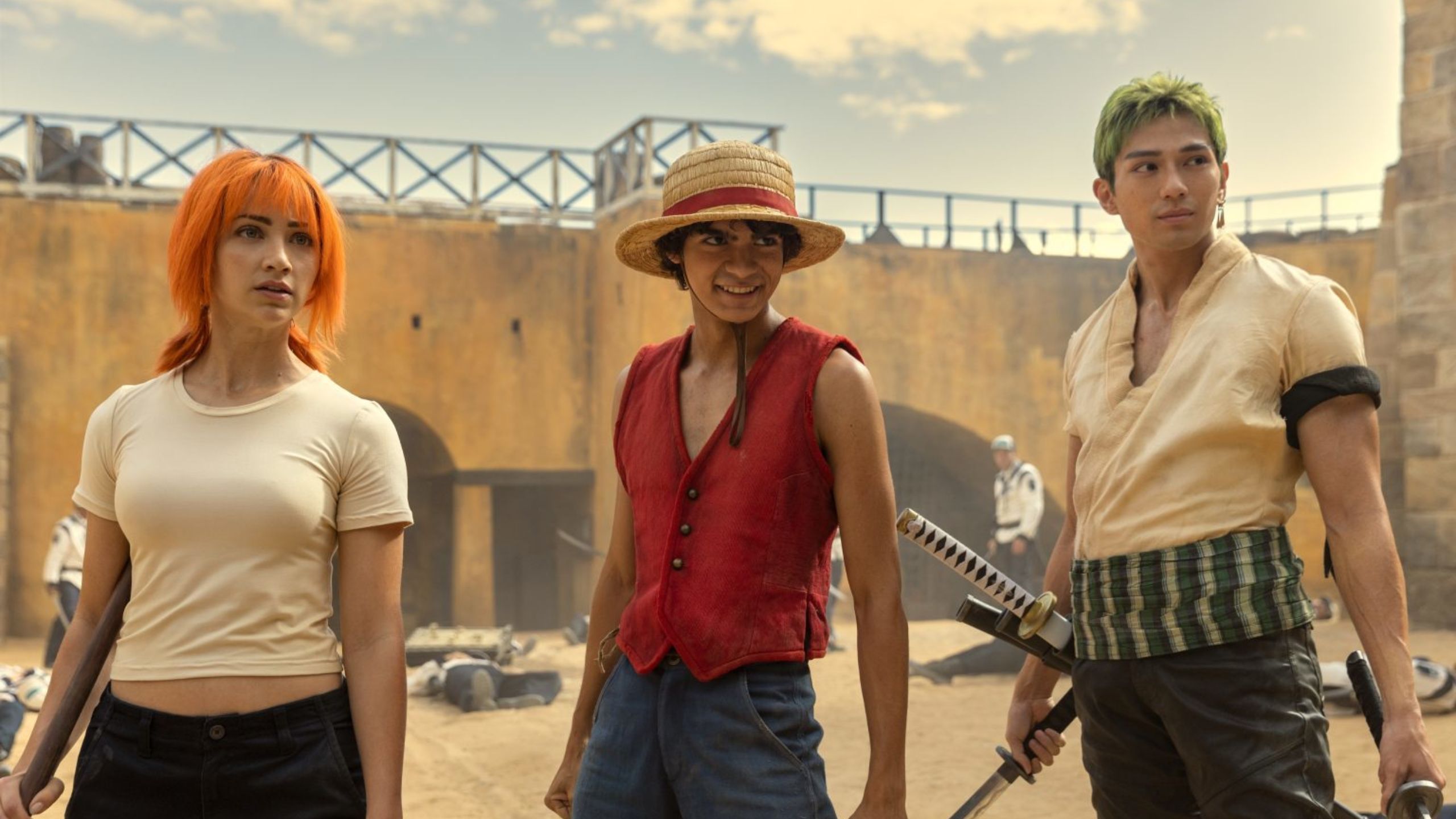
This left some fans feeling that the pacing was off and that the show could have benefitted from either more episodes or a different approach to storytelling.
Season 2’s Slower Pace: A Strategic Move
The confirmation that One Piece Live Action Season 2 will not be covering the Alabasta arc suggests that the creators have taken these criticisms to heart.
By slowing down the pace and focusing on a more streamlined narrative, the showrunners seem to be prioritizing quality over quantity.
This decision is likely to result in a more cohesive and engaging viewing experience, one that allows for more detailed storytelling and character development without the pressure of cramming too much content into a limited number of episodes.
Many fans are seeing this as a positive sign. They believe that by not rushing through the Alabasta arc, the series is taking the time to build a more solid foundation for the story.
After all, One Piece is a long and complex tale, and trying to fit too much into a single season could do more harm than good.

By focusing on a smaller section of the story, the show can take the time to explore the characters, their relationships, and the world they inhabit in greater depth.
Fan Reactions: A Divided Fandom
As with any major decision in a beloved franchise, the choice to skip the Alabasta arc in Season 2 has divided the fandom.
On one side, there are those who support the decision, believing that it will ultimately result in a better and more faithful adaptation.
These fans argue that by slowing down and not rushing through the story, the series can deliver a higher quality product that does justice to the source material.
One fan pointed out, “95 chapters and excluded a lot of Baratie,” highlighting how much content was already left out in the first season due to pacing issues.
Another fan noted, “Now it takes longer to adapt everything but they adapting it better with more details in a short period [index pointing up emoji],” expressing hope that the slower pace will lead to a more detailed and faithful adaptation.
A third fan boldly proclaimed, “Alabasta deserves to be its own season,” suggesting that the arc is too important to be rushed and deserves the time and attention it needs to be properly adapted.
On the other side of the debate are fans who are disappointed with the decision.
For them, the Alabasta arc is a highlight of the One Piece saga, and the thought of having to wait even longer to see it brought to life is frustrating.
‘ONE PIECE’ Season 2 will feature Loguetown, Reverse Mountain (Twin Cape), Whiskey Peak, Little Garden, and Drum Island.
New casting will be announced this week. pic.twitter.com/fvxFQyT0P4
— DiscussingFilm (@DiscussingFilm) August 20, 2024
These fans are concerned that by slowing down the pacing too much, the series could drag on and lose its momentum.
Some also worry that the decision to skip Alabasta could impact the final narrative and make it more difficult to adapt the rest of the story in future seasons.
One X (formerly Twitter) user questioned,
“But how are they supposed to adapt the whole story with that pacing?” expressing concern that the slower pace could make it challenging to cover the entirety of One Piece in a reasonable number of seasons.
Another fan criticized Netflix, saying, “Jesus Christ, why didn’t Netflix give this season 10 episodes? The series was a huge success. Ending on Drum is so anti-climactic…” highlighting the fear that the season could end on a less exciting note than fans were hoping for.
A third fan worriedly stated, “There is ZERO chance of making it to timeskip,” expressing doubt that the series will be able to reach some of the most iconic moments of the story if the pacing continues to be so slow.
Importance of Alabasta and What’s at Stake
The Alabasta arc is more than just another adventure for Luffy and his crew.
It’s a critical part of the One Piece story that enters into themes of loyalty, sacrifice, and the fight against tyranny.
It’s also the arc where Luffy first takes on a Warlord of the Sea, Crocodile, in a battle that tests his abilities and resolves like never before.
The arc is filled with memorable moments, such as Zoro’s fight against Mr. 1, Usopp and Chopper’s battle with Mr. 4 and Miss Merry Christmas, and the emotional farewell to Vivi at the end of the arc.
For many fans, the Alabasta arc represents One Piece at its best. It’s a perfect blend of action, drama, and humor, with high stakes and deep emotional resonance.
The arc also sets the stage for many of the storylines and character developments that will play out in later arcs, making it an essential part of the final narrative.
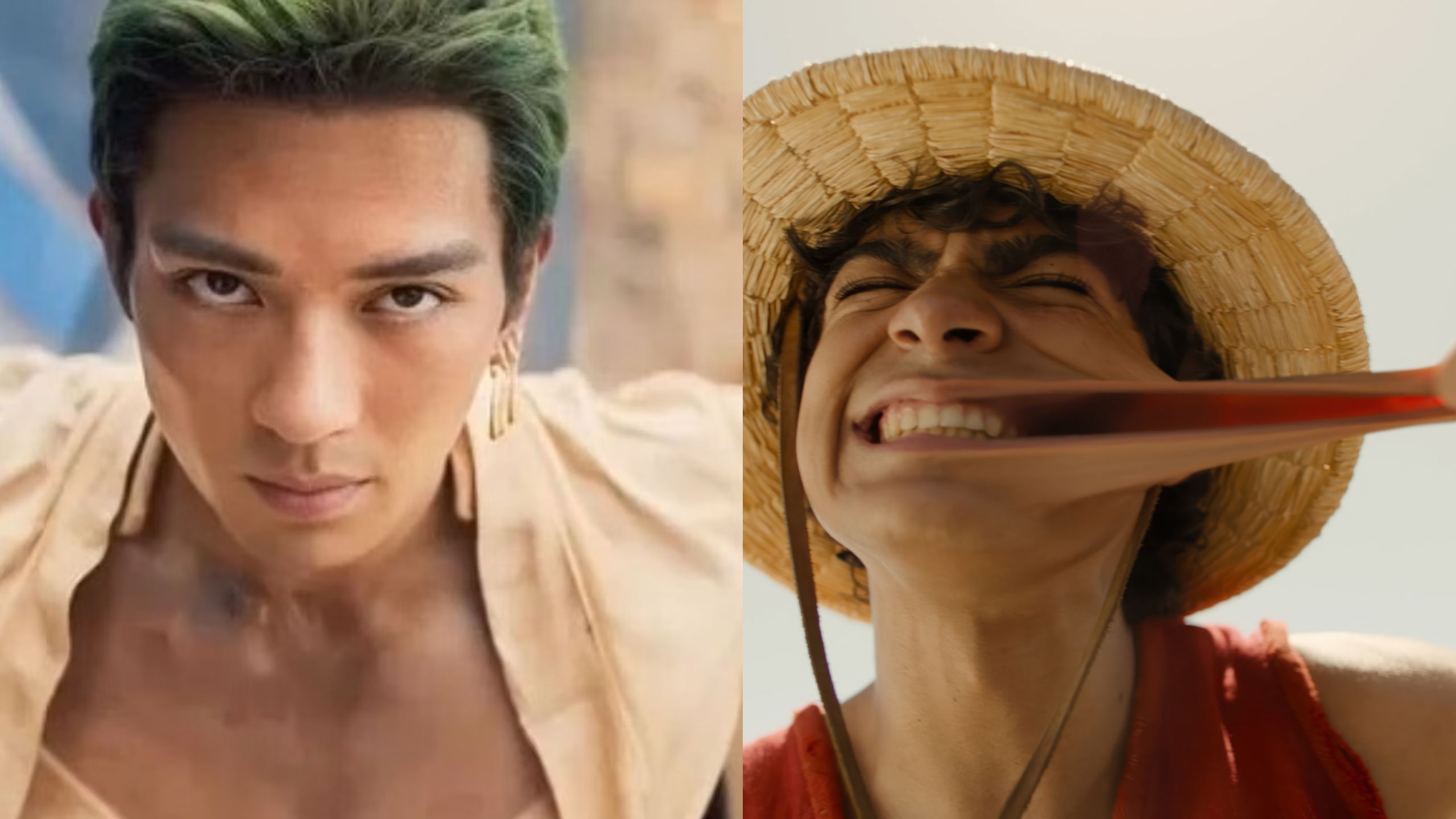
By choosing to skip Alabasta in Season 2, the creators of the live-action series are taking a significant risk.
On one hand, the decision could pay off if it allows them to deliver a more polished and well-paced season.
On the other hand, there’s a risk that fans who were eagerly anticipating the Alabasta arc will be disappointed and lose interest in the series.
The creators will need to strike a delicate balance between satisfying long-time fans and attracting new viewers who may not be as familiar with the source material.
What This Means for the Future of the Series
The decision to skip Alabasta in Season 2 raises some important questions about the future of the One Piece Live Action series.
How will the showrunners adapt the remaining arcs if they continue to slow down the pacing?
Will they eventually have to make even more difficult choices about what to include and what to leave out?
And perhaps most importantly, will the series be able to maintain its momentum and keep fans engaged over the long haul?
One possible scenario is that the creators are planning to give each major arc its own season.
If that’s the case, then Alabasta could be the focus of Season 3, with subsequent seasons covering arcs like Skypiea, Water 7, and Enies Lobby.
This approach would allow the creators to give each arc the attention it deserves, but it also means that the series could take many years to complete.
Given the sheer length of the One Piece story, it’s unclear whether Netflix and Tomorrow Studios are willing to make that kind of long-term commitment.
Another possibility is that the creators will continue to adjust the pacing based on fan feedback and the needs of the story.
They may choose to condense certain arcs or skip over less essential parts of the story in order to keep the series moving at a brisk pace.
This approach would likely be more palatable to fans who are concerned about the series dragging on for too long, but it also runs the risk of alienating die-hard fans who want to see every part of the One Piece story faithfully adapted.
A Fandom at a Crossroads
The decision to leave out the Alabasta arc in One Piece Live Action Season 2 has sparked a lively debate among fans, with opinions sharply divided on whether it was the right move.
On one side are those who believe that the slower pace will lead to a better and more detailed adaptation, one that does justice to the rich and complex world of One Piece.
On the other side are fans who are disappointed that they won’t get to see one of their favorite arcs brought to life and who worry that the series could lose its momentum as a result.
I know people really wanted Alabasta this season but excluding it is honestly a great decision
Season 1 adapted 95 chapters, while Season 2 will be adapting 59. The pacing should be much better this time around I’m glad they learned from their mistakes https://t.co/YCnvKLVhzh
— ⚡️ Soul ⚡️ (@Soul_StormOP) August 20, 2024
What’s clear is that the creators of the live-action series are facing a difficult balancing act.
They must find a way to satisfy the expectations of long-time fans while also appealing to a broader audience that may not be as familiar with the source material.
Whether or not they succeed will likely depend on how well they can adapt the remaining story arcs and how they choose to pace the series going forward.
In the end, the success of One Piece Live Action Season 2 will likely hinge on the creators’ ability to deliver a compelling and well-paced story that captures the spirit of the original manga while also standing on its own as a high-quality television series.
Fans will be watching closely to see how the series evolves and whether it can live up to the high expectations that have been set for it.
Whether they agree with the decision to skip Alabasta or not, one thing is certain: the One Piece fandom is as passionate and engaged as ever, and they’ll be eagerly awaiting whatever comes next.

